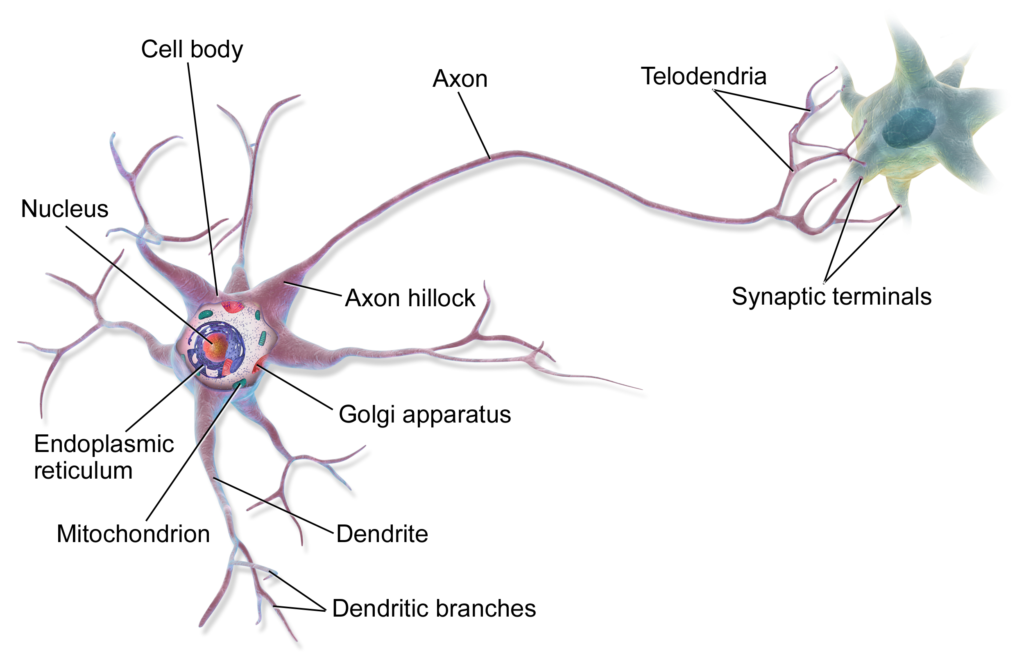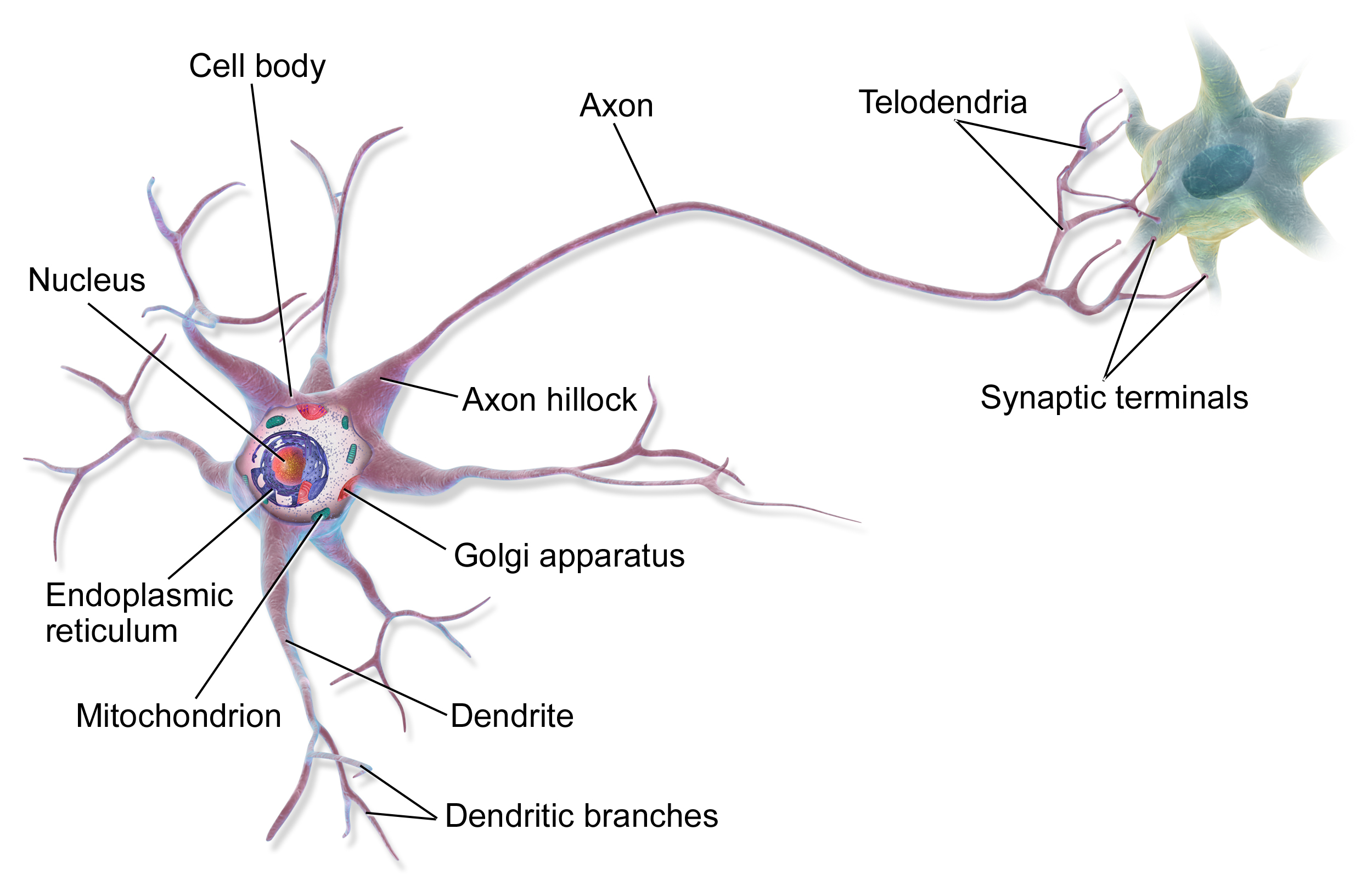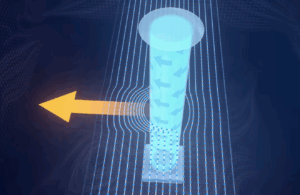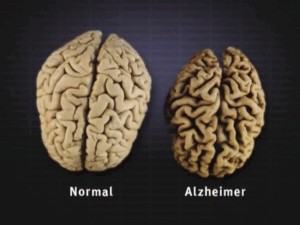Learn about neurons and the role they play in our bodies.
Did you know that every minute, as you think and breathe, cells in your brain are performing these actions for you? That whenever you flex your biceps or stretch your legs, cells from your brain are sending signals to your muscle cells? Or even when you so much as blink, those same cells are also helping?
These aforementioned cells are known as neurons, and they’re extremely abundant in your brain, with you having trillions of them every square centimeter. They’re made up of a cell body, an axon that carries electrical impulses around the body, and dendrites that receive messages from other neurons.
Neurons come in three different types: sensory neurons, motor neurons, and interneurons. Let me elaborate!
Types of Neurons
Sensory neurons have one job: to take our stimuli, such as the taste of an apple and the feel of a stuffed animal, and translate them into inner sensations (feelings) within our nerve cells. They, in turn, control your five (or six, if you’re magical) senses.
Motor neurons control your movement and, voluntarily or involuntarily, your muscles. An example of voluntary control is you flipping the pages of CHASM. An example of involuntary control is blinking. These work by your neurons sending signals through synapses to your muscle cells to wake them up and move them!
Interneurons are the arbiters between sensory and motor neurons. They help convert the external stimuli around us to internal stimuli and help control muscle movement. They’re pretty much cool generalists!
A bit more about the brain
Our brain is made up of many types of cells, including not only neurons, but glial cells as well. Glial cells [2] are cells that are sort of the supporting characters to the protagonists, the neurons. They provide support and structure for them.

There are also synapses, which are gaps providing a junction for neurons to trade information and signals. These junctions are where electrical signals are passed and where our muscles are signalled to perform tasks.
Unfortunately, these systems decline over time as our brain ages. Neurons, when worked consistently, become weaker and less functionable over time. This phenomenon contributes to neurodegenerative diseases, and is theorized to be the reason that the age threshold is in the 100s. A recent study even found that meditation and lack of extensive neural activity actually contribute to longevity [3]!
Conclusion
All in all, neurons play a huge role in our bodies and in many of our functions, such as sensory and motor functions. Our neurons are made up of a cell body, dendrites, and axons. We would not be able to do much without our brains, and unfortunately, 120 years seems to be the brain’s maximum lifespan.
– Nina Khera
References
- Boundless Psychology: Neurons. (n.d.). Retrieved April 8, 2020, from https://courses.lumenlearning.com/boundless-psychology/chapter/neurons/
- Jäkel, S., & Dimou, L. (2017). Glial Cells and Their Function in the Adult Brain: A Journey through the History of Their Ablation. Frontiers in Cellular Neuroscience, 11. doi: 10.3389/fncel.2017.00024
- Zullo, J. M., Drake, D., Aron, L., O’Hern, P., Dhamne, S. C., Davidsohn, N., … Yankner, B. A. (2019). Regulation of lifespan by neural excitation and REST. Nature, 574(7778), 359–364. doi: 10.1038/s41586-019-1647-8
Images







Be First to Comment